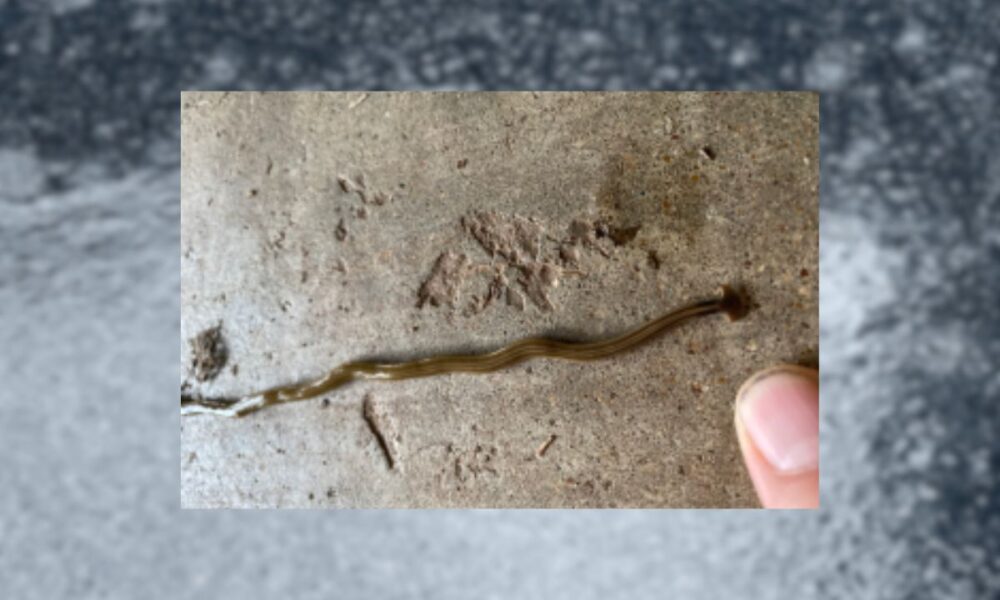Recent heavy rainfall across North Texas has led to a surge in sightings of toxic, invasive hammerhead worms, prompting concern among residents and experts about their threat to plants, animals, and potentially humans.
The hammerhead worm, an invasive species from Southeast Asia known as Bipalium kewense, has been reported in counties throughout the Dallas-Fort Worth metroplex. Recognizable by its distinctive hammer-shaped head and snake-like body, the worm can grow up to 15 inches long, though it typically measures 8 to 12 inches. Its light or honey-colored body often features one to five dark dorsal stripes.
Adam Ingle, a Keller resident, encountered one on his porch.
“And then noticed its head had a hammer shape,” Ingle said, NBC 5 DFW reported. “And it was terrifying, like these are truly the end times, even the worms are demonic.”
Texas Agriculture Commissioner Sid Miller described the worm’s appearance: “If you see one, you won’t mistake it, it’s over a foot long, about 12, 15 inches long. It’s got a big, wide head on it, like a hammer, I mean, just like it says.”
The hammerhead worm poses a significant ecological threat as a predator of earthworms, which are vital for healthy soil in forests, crops, gardens, and compost piles. Its skin secretes a neurotoxin that can cause rashes in humans and harm animals if ingested. The worm may also carry parasitic nematodes, adding to its danger.
Killing the worm requires caution due to its ability to regenerate.
“The thing people need to know is don’t kill it, don’t squish it, don’t cut it up, because it makes three or four more worms, it’s asexual reproduction,” Miller said, per NBC 5. “Tear it in half, now you’ve got two worms.”
Experts recommend placing the worm in a sealed bag with salt or vinegar, freezing it for up to 48 hours, or spraying it with a mixture of citrus oil and vinegar. Handling should be done with gloves, a paper towel, or a stick. Then, wash hands in warm, soapy water and rinse with alcohol or hand disinfectant. Sightings should be reported to the Texas Invasive Species Institute.
First introduced to the U.S. in the late 1800s, likely through horticultural plants, the hammerhead worm thrives in hot, humid environments like greenhouses and has spread to tropical and subtropical regions, including Texas. It has been reported from Orange to Uvalde, numerous Gulf Coastal counties, and the DFW area through East Texas. The worms are often found under leaf litter, rocks, or shrubs during the day and may appear on soil, driveways, or sidewalks after heavy rains.
Concerned for his dog, children, and garden, Ingle said he’s staying vigilant: “To try to get rid of it. Because I’ve got a dog, I’ve got little kids, and I’ve got a garden, so this thing hates all of those things,” NBC 5 reported.
Experts say continuous removal of hammerhead worms is critical to protecting native earthworm populations and mitigating their ecological impact.


